Celebrate the angular joys of 'Brutal Scotland', a new book from Simon Phipps
'Brutal Scotland' chronicles one country’s relationship with concrete; is brutalism an architectural bogeyman or a monument to a lost era of aspirational community design?
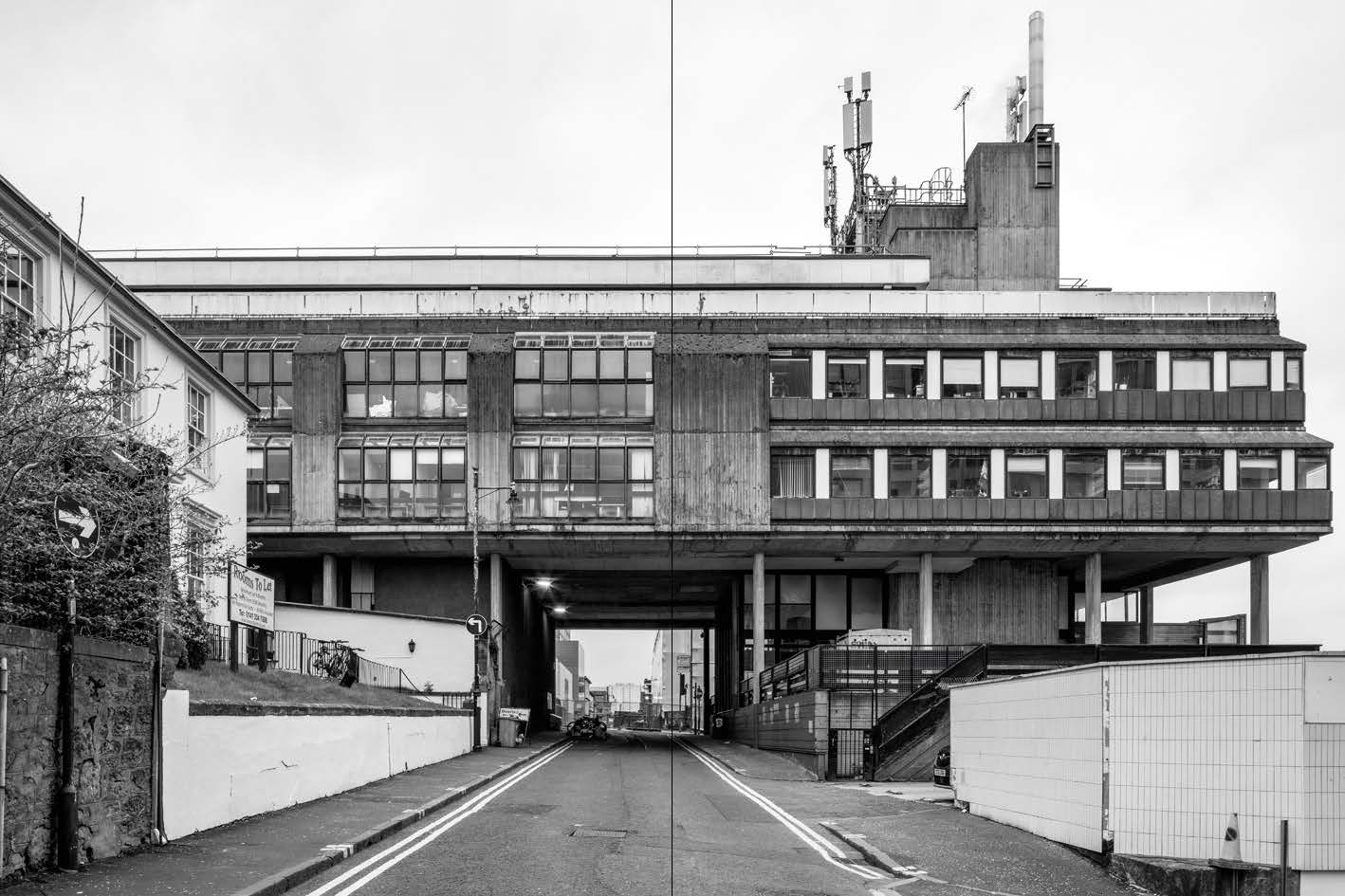
Author Simon Phipps is a man obsessed. An artist, sculptor and photographer, he is also at the vanguard of brutalist architecture’s evolution from cultural bête noire to the kind of passionate obsession that smart young people put on their dating profiles. His exploration has, so far, spanned the course of no less than seven books: Finding Brutalism, Brutal London, Concrete Poetry, Brutal North, Brutal Outer London, Brutal Wales Cymru Friwtalaidd, and now Brutal Scotland.
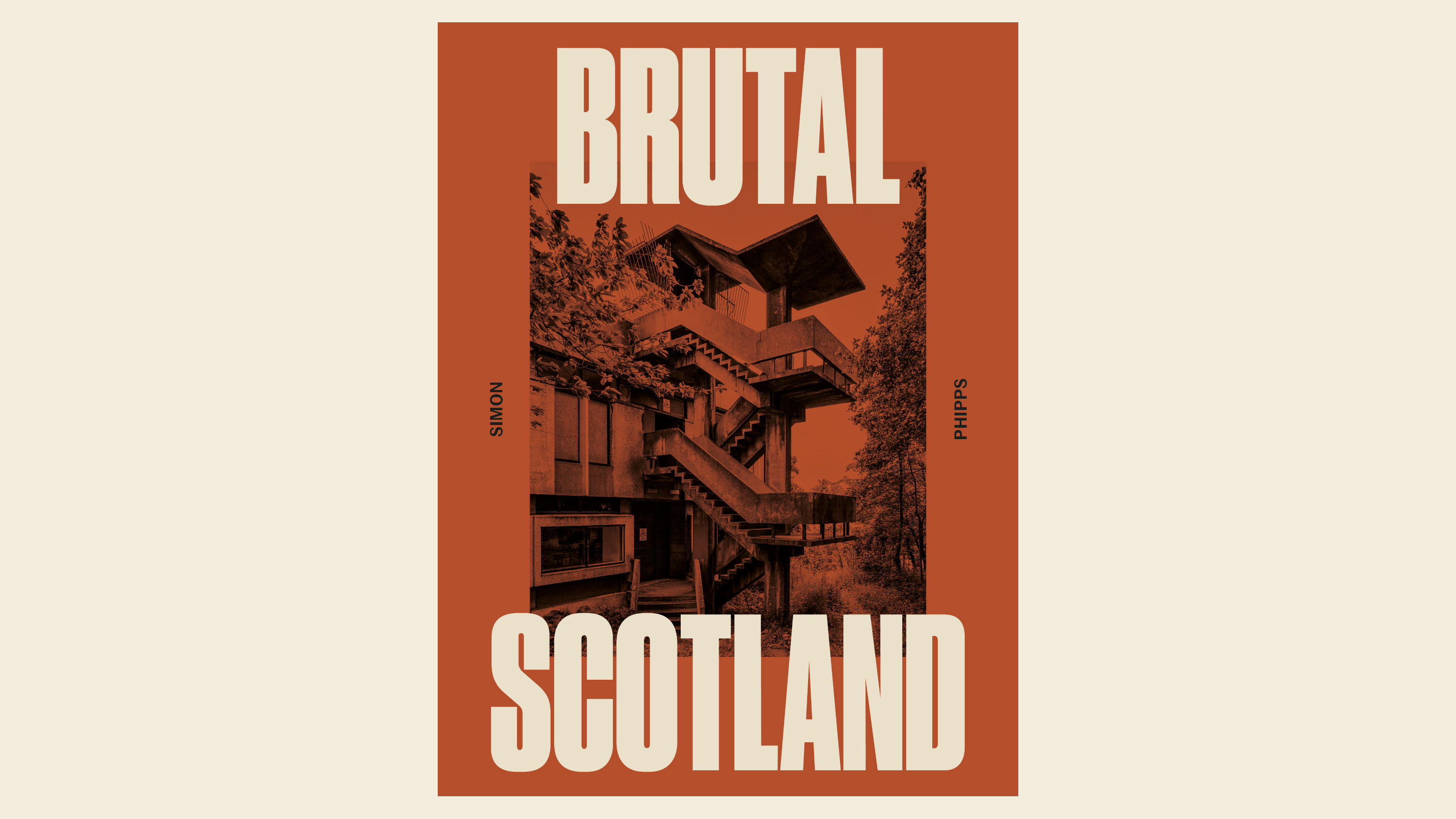
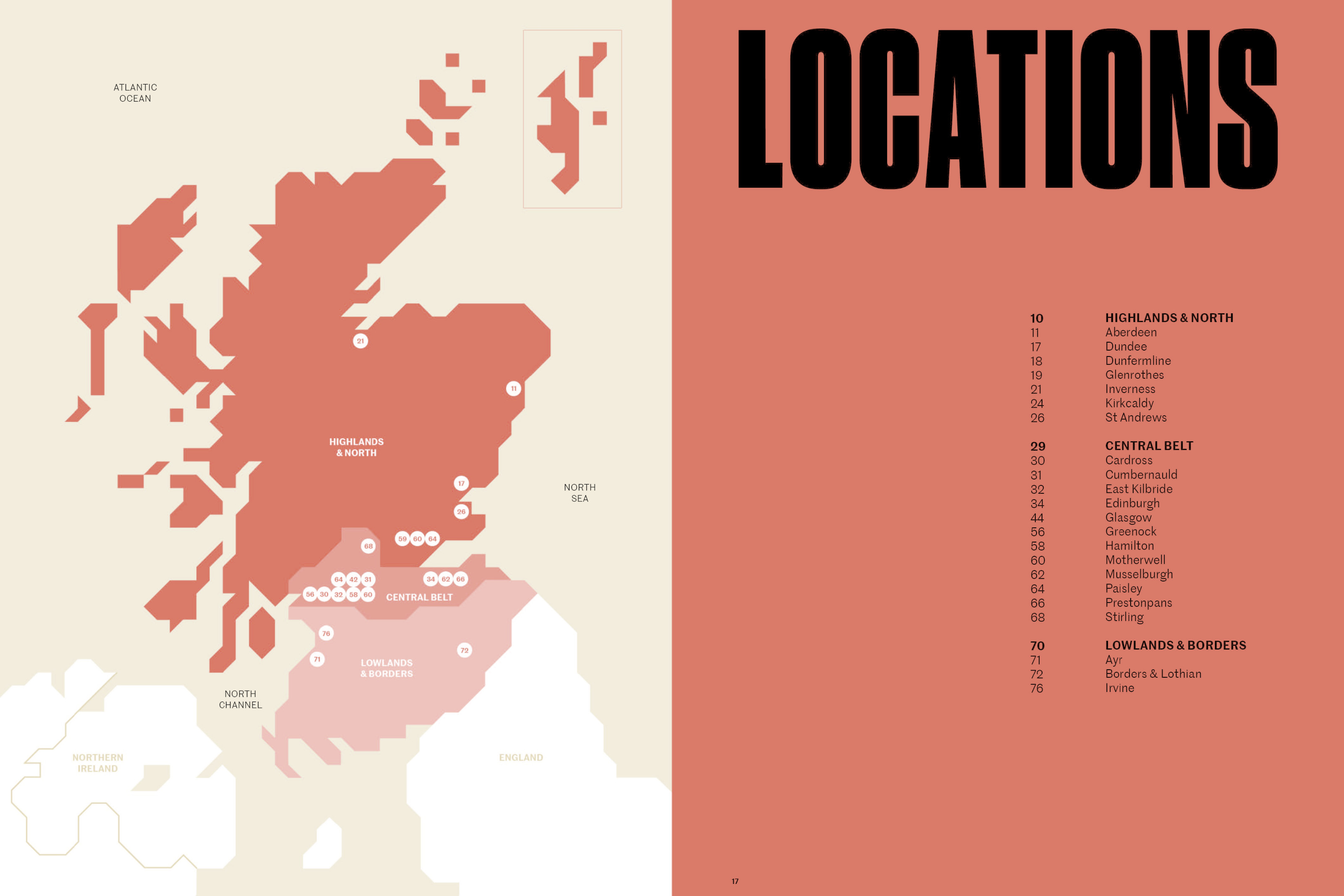
A map of Brutal Scotland
Flick through the pages of 'Brutal Scotland'
Throughout all these tomes, Phipps has turned his often unsparing lens on the architectural heavyweights of the 1950s, 60s and 70s, finding raw beauty in their monumentality, as well as social optimism, progressive politics and the vanishing art of the abstract and obtuse in public life.
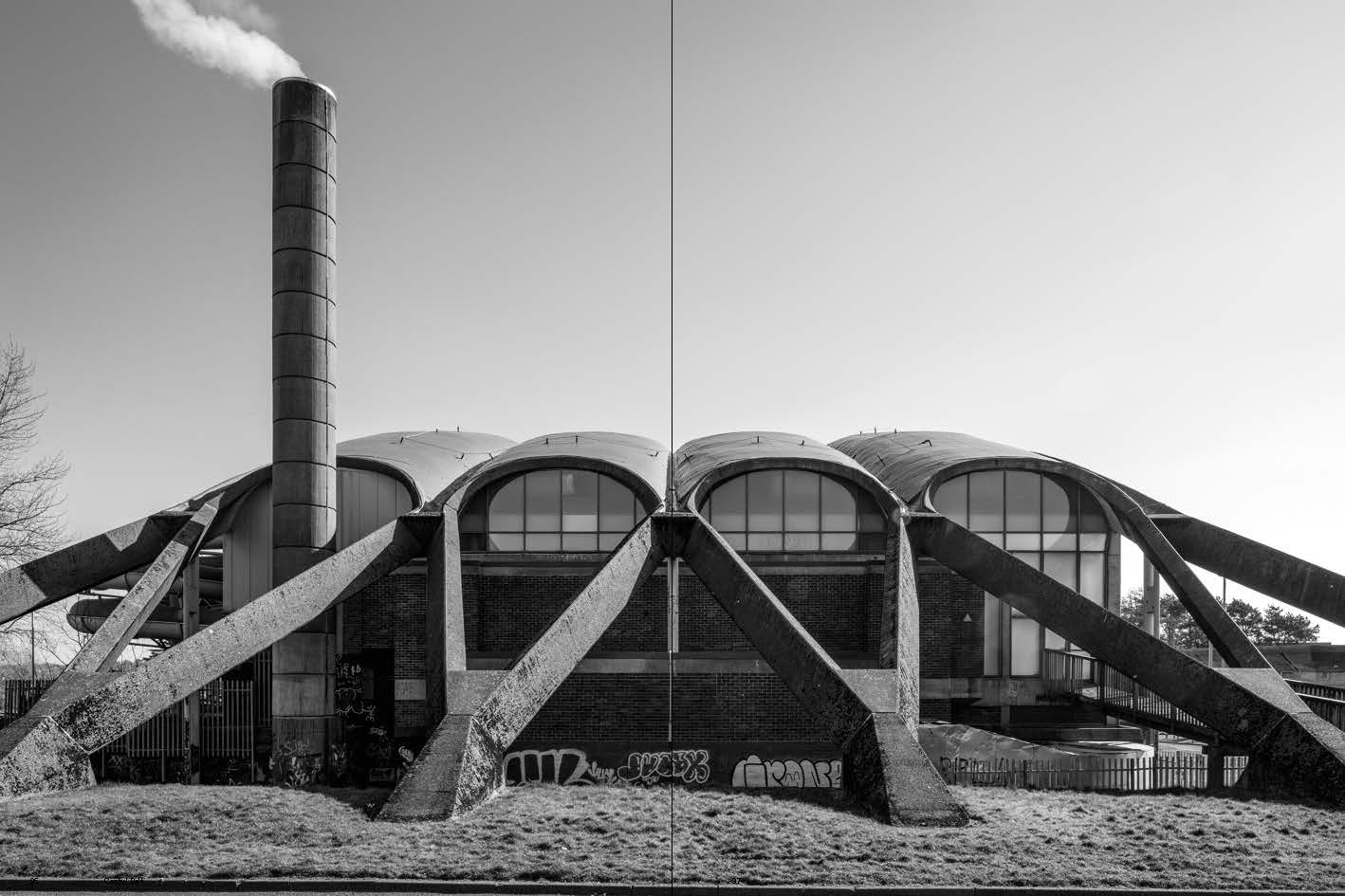
Dollan Aqua Centre, East Kilbride, 1963-65, Alexander Buchanan Campbell
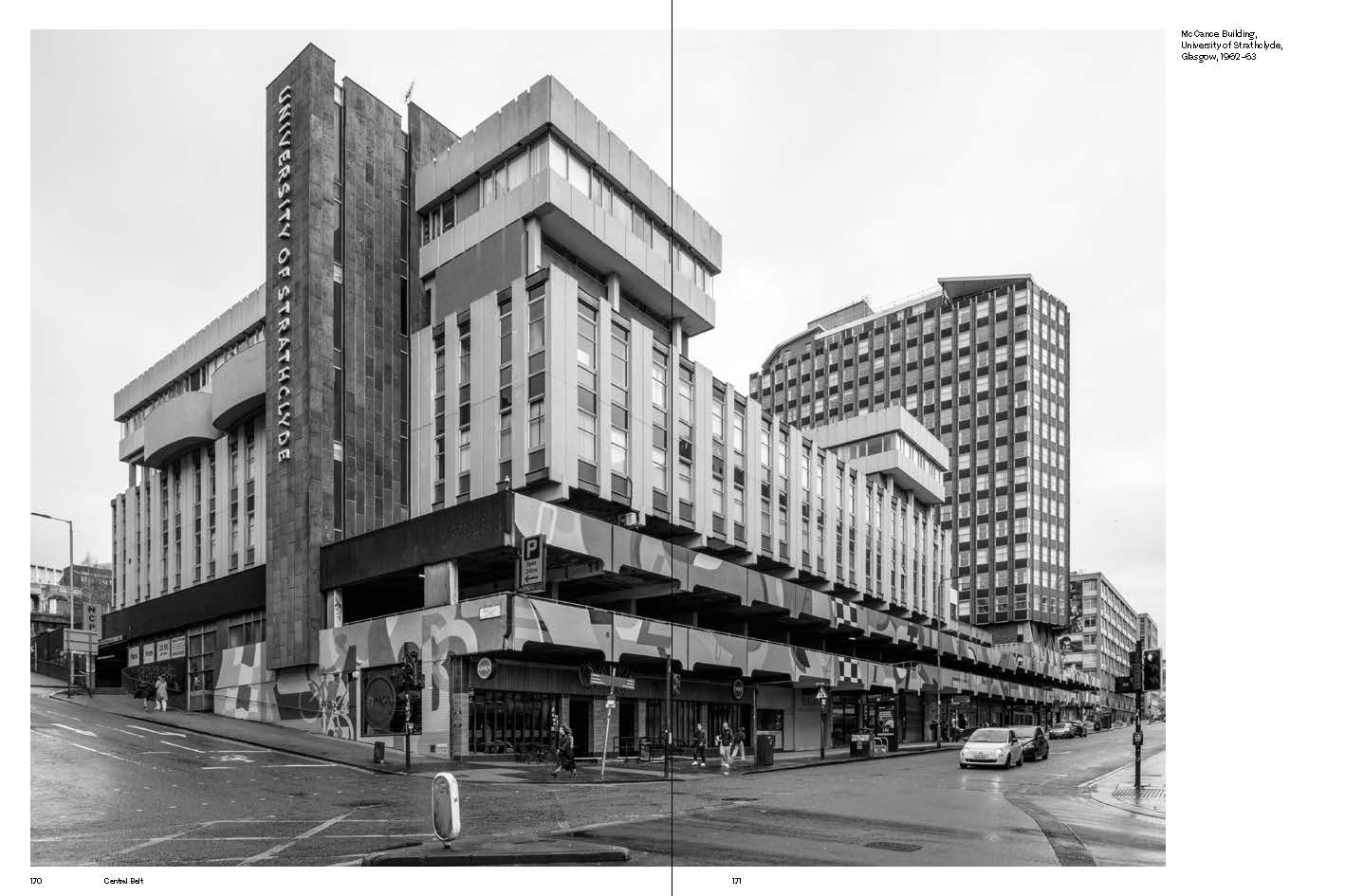
McCance Building, University of Strathclyde, Glasgow, 1962–63, Covell Matthews & Partners
In his latest book, published by Duckworth Press, Phipps has turned his attention to Scotland’s rich and often maligned trove of Brutalist structures, or should we say, the ones that have survived demolition. In all, there are over 160 buildings in the new book, from well-known structures in Glasgow, Edinburgh and Aberdeen to the more obscure and overlooked, from megastructures to modest community centres.
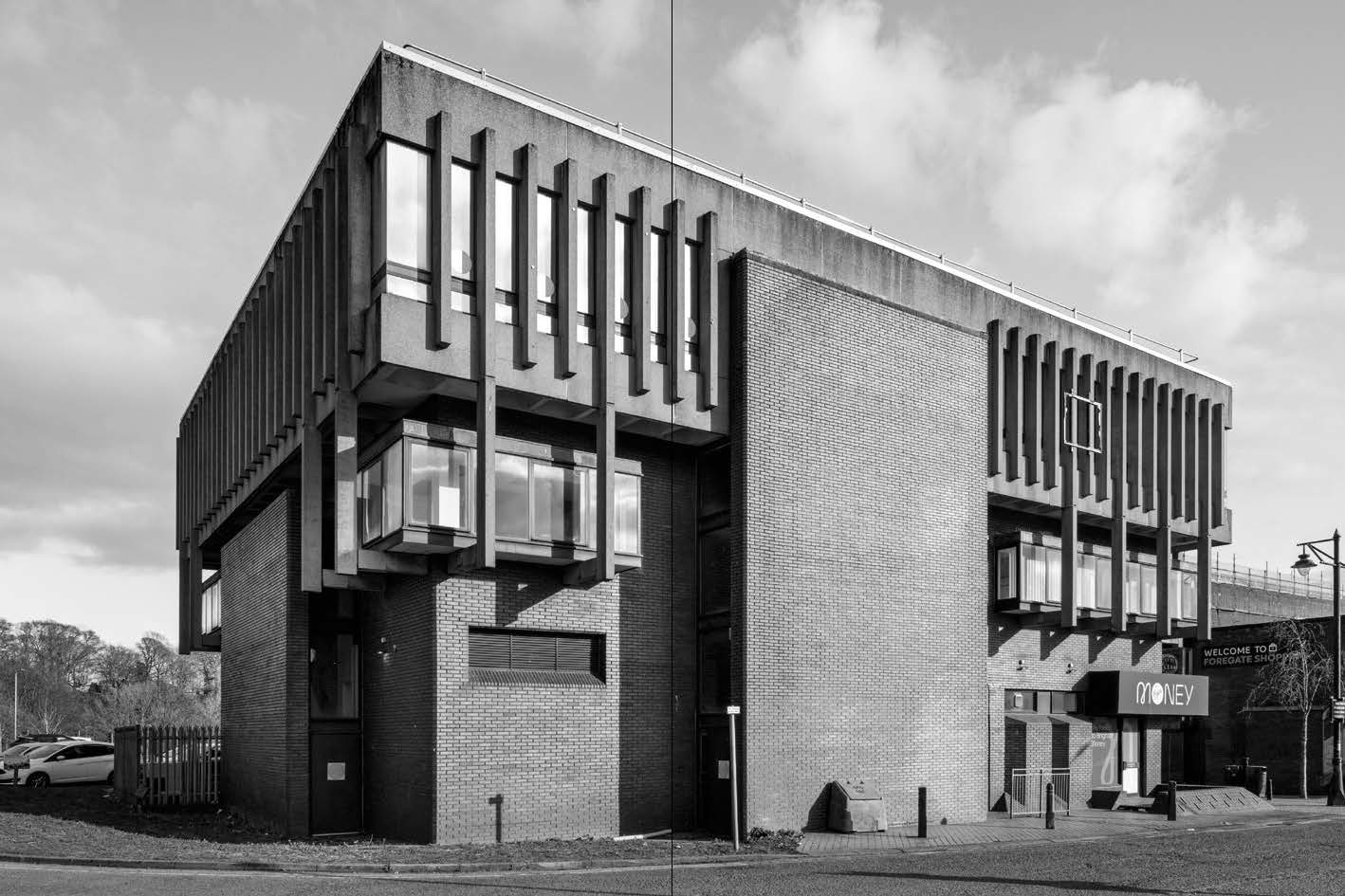
Clydesdale Bank (now Virgin Money), Kilmarnock, 1975-76, Hay, Steel & Partners
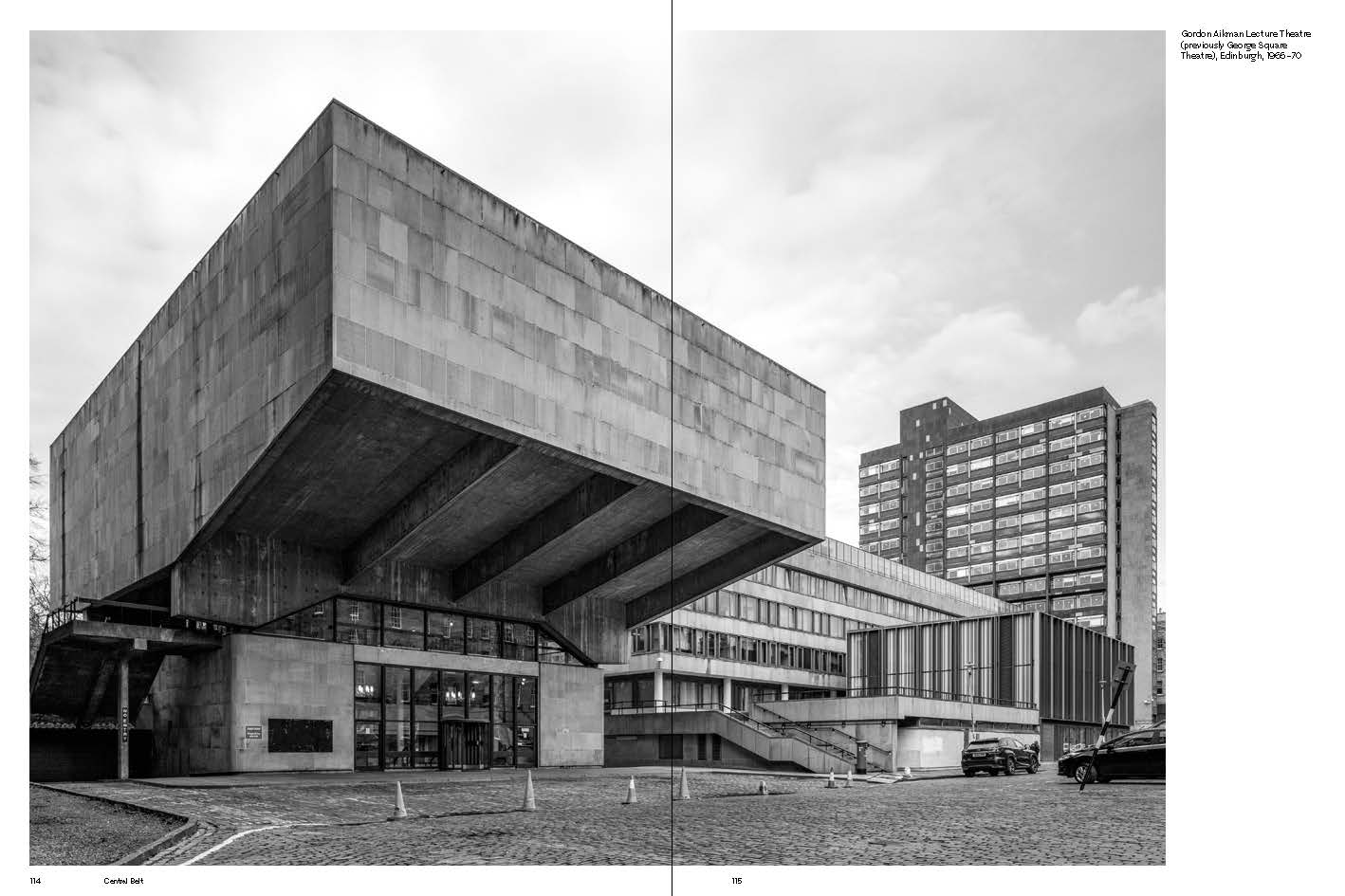
Gordon Aikman Lecture Theatre (previously George Square Theatre), University of Edinburgh, 1965–70, Robert Matthew, Johnson-Marshall & Partners (RMJM)
Some of these buildings are visibly neglected, others have been repurposed and a happy few are protected and cherished. Not all will survive, although buildings like Gillespie, Kidd & Coia’s St Peter’s Seminary near Cardross (1959–66) look set to remain as slowly decaying ruins. Overall, Phipps’s work performs a vital service, giving an overlooked architectural style a much-needed boost – some of them have never looked so good.
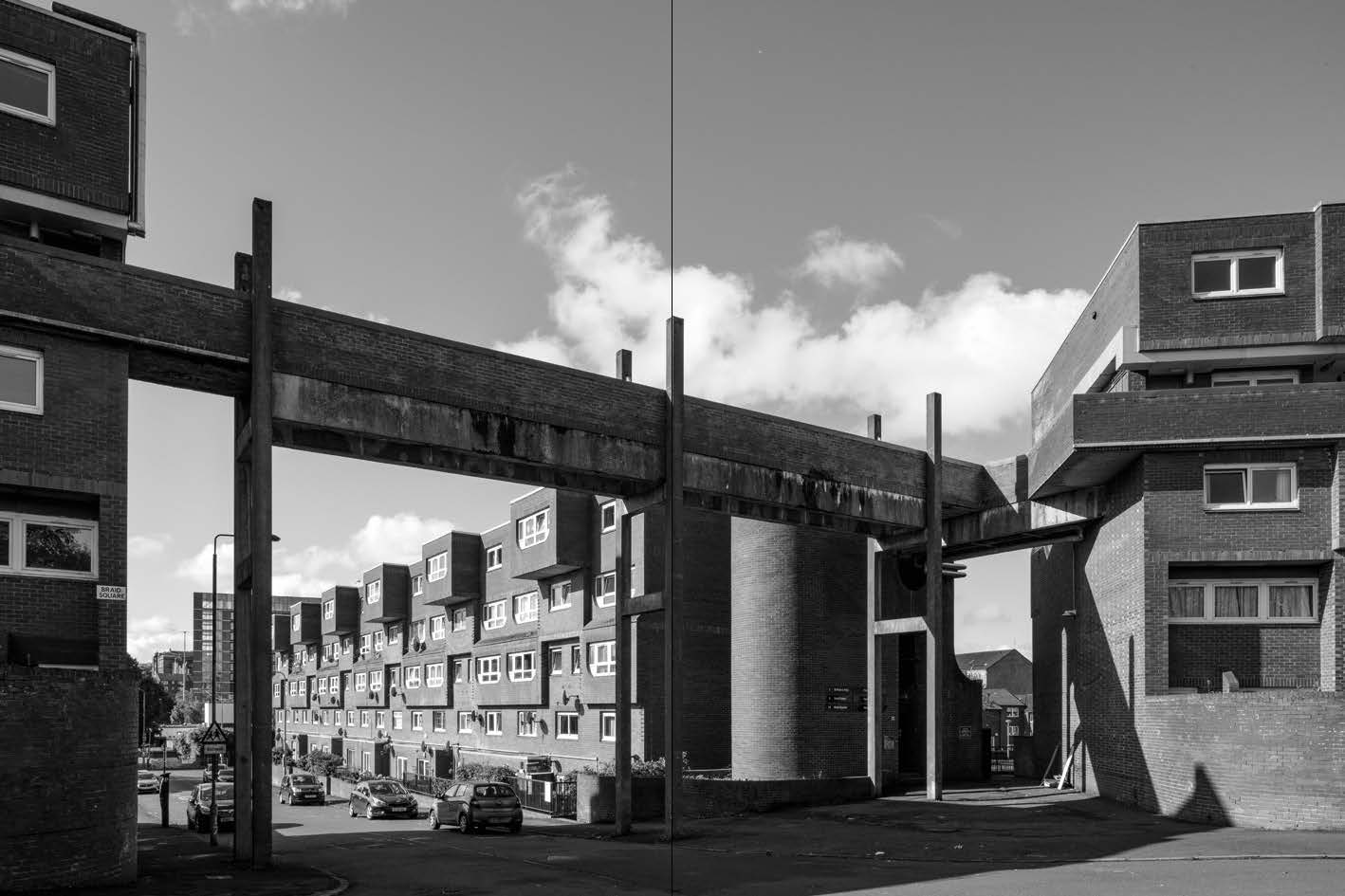
Woodside, Glasgow, 1970-74, Boswell, Mitchell & Johnston
Brutal Scotland, Simon Phipps, £30, DuckworthBooks.co.uk
Receive our daily digest of inspiration, escapism and design stories from around the world direct to your inbox.
Jonathan Bell has written for Wallpaper* magazine since 1999, covering everything from architecture and transport design to books, tech and graphic design. He is now the magazine’s Transport and Technology Editor. Jonathan has written and edited 15 books, including Concept Car Design, 21st Century House, and The New Modern House. He is also the host of Wallpaper’s first podcast.
-
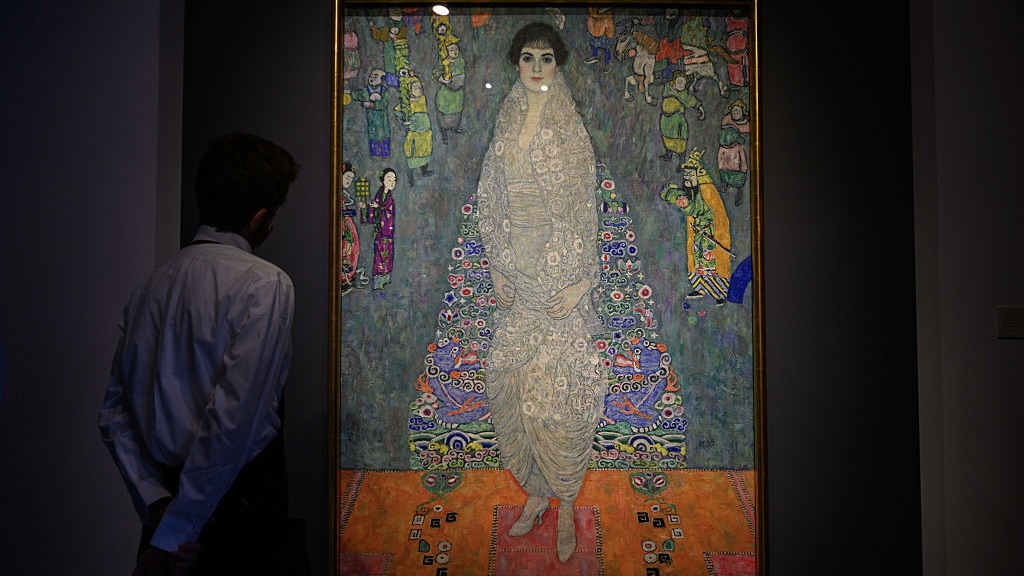 This Gustav Klimt painting just became the second most expensive artwork ever sold – it has an incredible backstory
This Gustav Klimt painting just became the second most expensive artwork ever sold – it has an incredible backstorySold by Sotheby’s for a staggering $236.4 million, ‘Portrait of Elisabeth Lederer’ survived Nazi looting and became the key to its subject’s survival
-
 New Leica Q3 Monochrom camera sees the world in black and white
New Leica Q3 Monochrom camera sees the world in black and whiteDefined by its crisp 60MP monochrome sensor, the Leica Q3 Monochrom is a camera designed for those who want to focus only on light, shadow and form
-
 How C Prinz shaped the gothic new world of Charli XCX
How C Prinz shaped the gothic new world of Charli XCXMulti-hyphenate director and movement artist C Prinz unpacks the physical, instinctive and often brutal creative process behind Charli XCX’s new 'Wuthering Heights' era
-
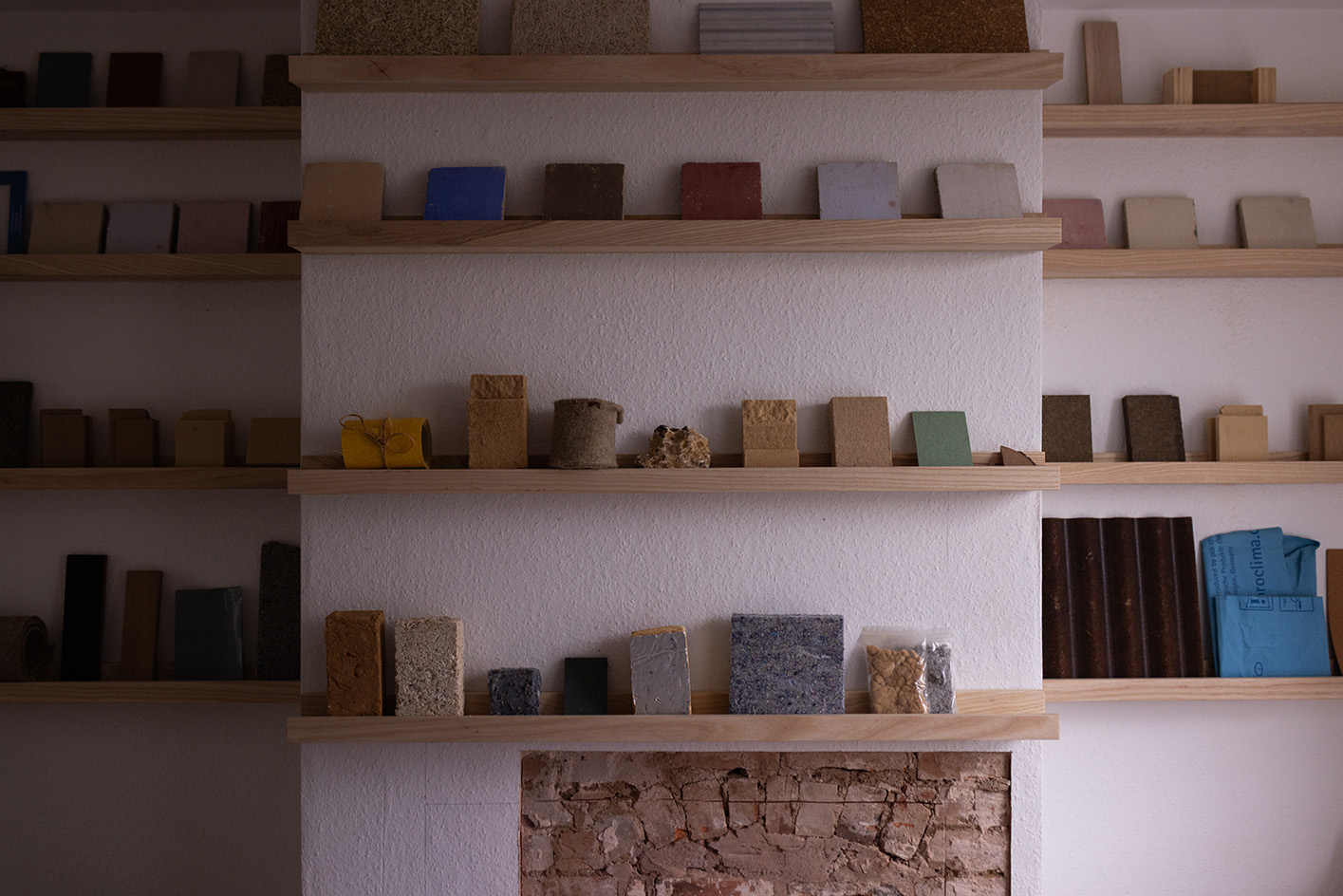 Take a tour of Retrofit House, the live showcase inspiring sustainable homebuilding
Take a tour of Retrofit House, the live showcase inspiring sustainable homebuildingRetrofit House, a showcase for residential redesign using biomaterials and environmentally smart methods, opens in Birmingham, UK, spearheaded by Civic Square, Dark Matter Labs and Material Cultures; we paid it a visit
-
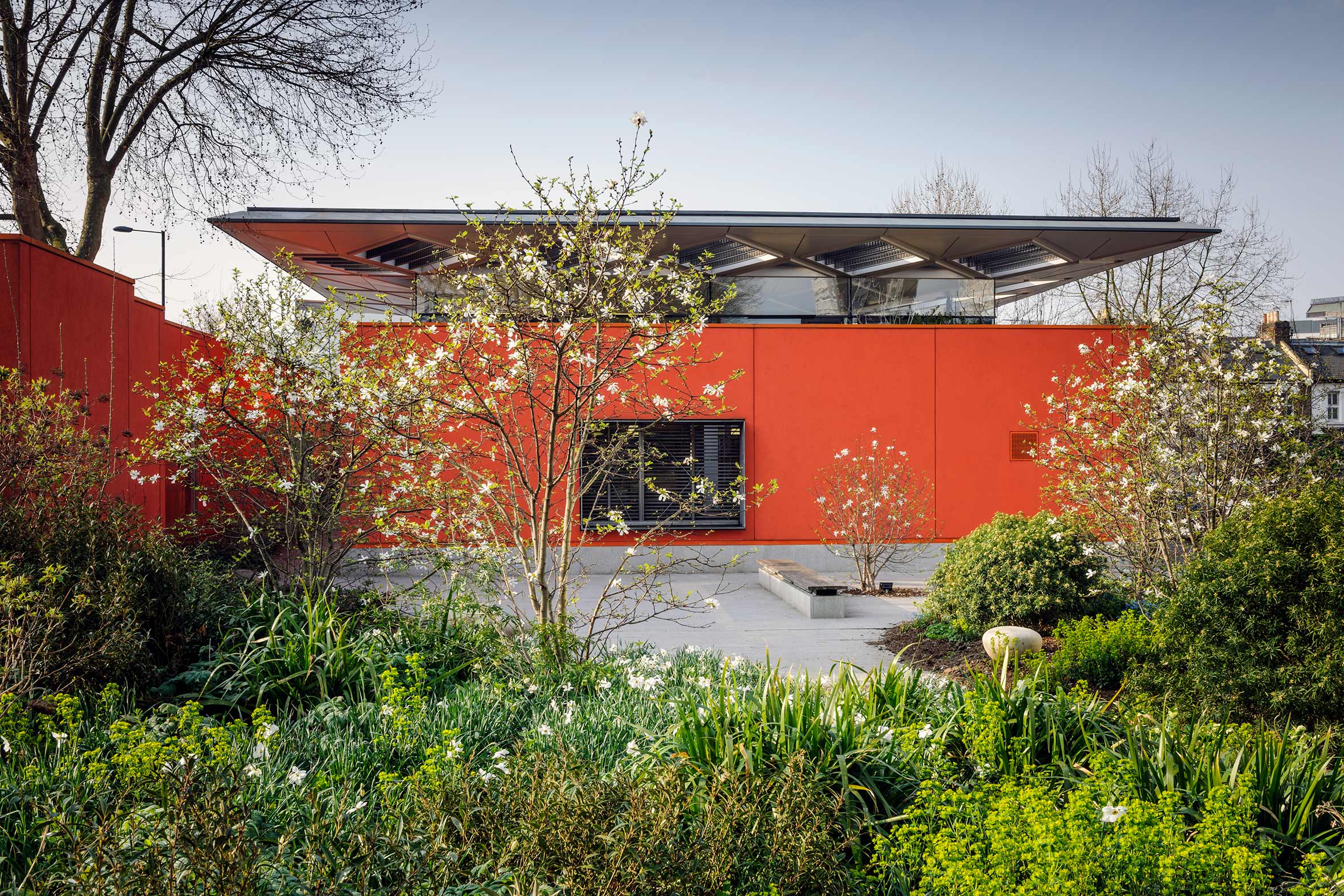 How Maggie’s is redefining cancer care through gardens designed for healing, soothing and liberating
How Maggie’s is redefining cancer care through gardens designed for healing, soothing and liberatingCancer support charity Maggie’s has worked with some of garden design’s most celebrated figures; as it turns 30 next year, advancing upon its goal of ‘30 centres by 30’, we look at the integral role Maggie’s gardens play in nurturing and supporting its users
-
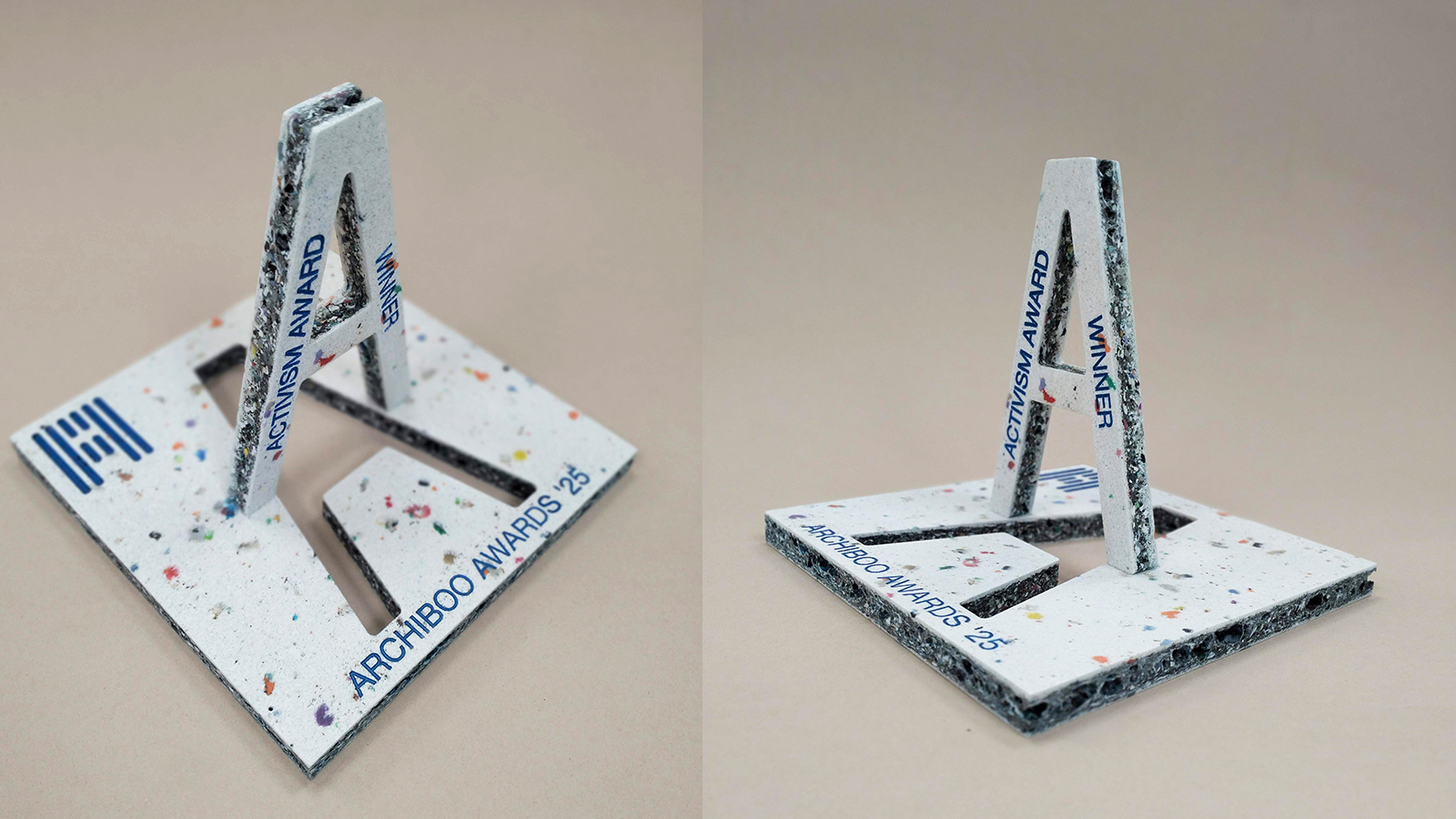 Archiboo Awards 2025 revealed, including prizes for architecture activism and use of AI
Archiboo Awards 2025 revealed, including prizes for architecture activism and use of AIArchiboo Awards 2025 are announced, highlighting Narrative Practice as winners of the Activism in architecture category this year, among several other accolades
-
 Backstage at the Old Vic is all about light, theatre and sustainable action
Backstage at the Old Vic is all about light, theatre and sustainable actionThe theatre's new creative hub by Haworth Tompkins has completed, bringing a distinctly contemporary and colourful addition to the popular theatre space in South London
-
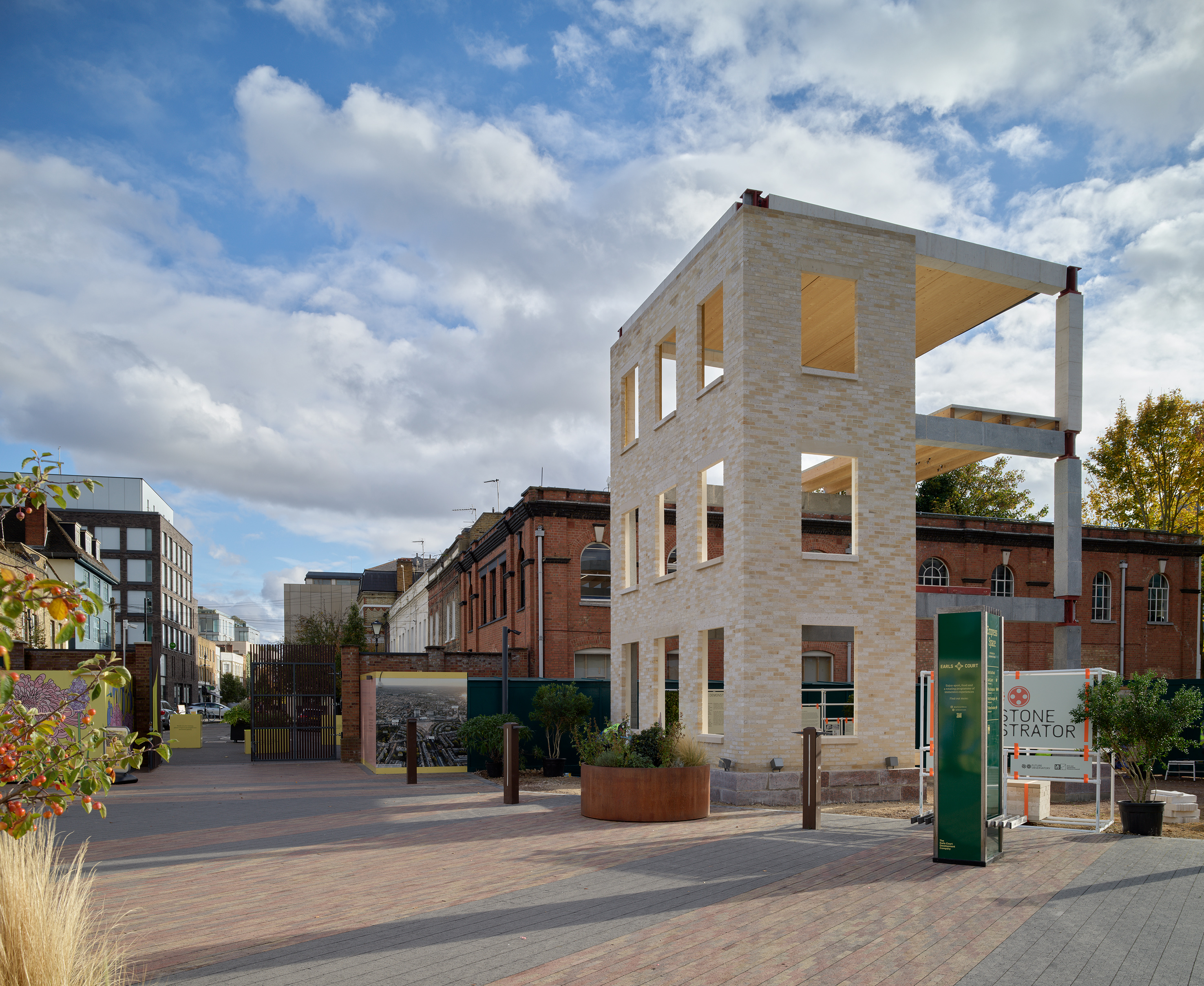 Tempted to try building with stone? This project will convince you of its merits
Tempted to try building with stone? This project will convince you of its meritsWelcome to the Future Observatory's The Stone Demonstrator, a project conceived to show off the material's strong points, now on display in West London
-
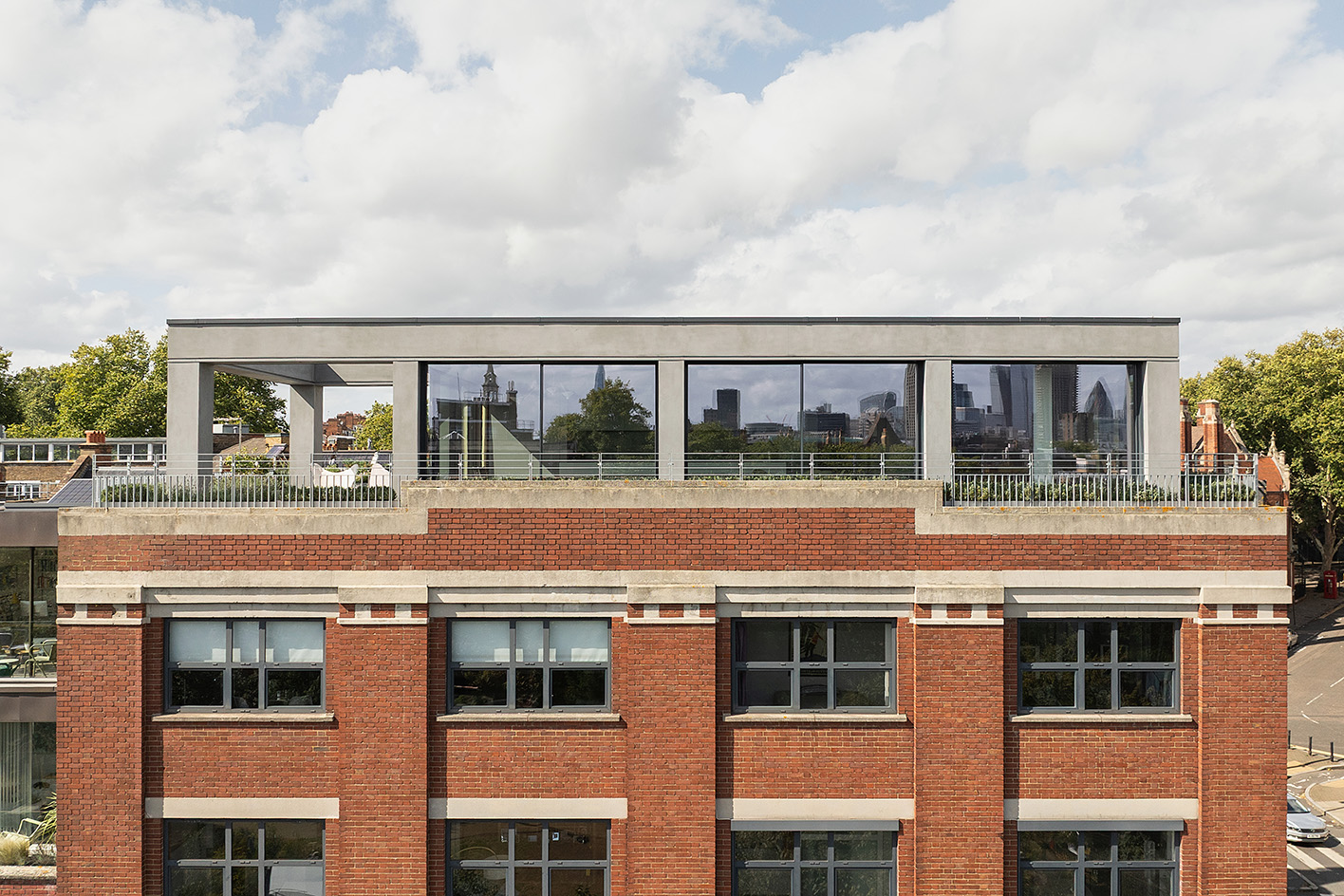 Step inside this Clerkenwell Rooftop, transformed into a minimalist urban abode
Step inside this Clerkenwell Rooftop, transformed into a minimalist urban abodeA Clerkenwell Rooftop has been transformed by Studio Felicity Bell into a minimalist modern home, featuring airy interiors and long views of London
-
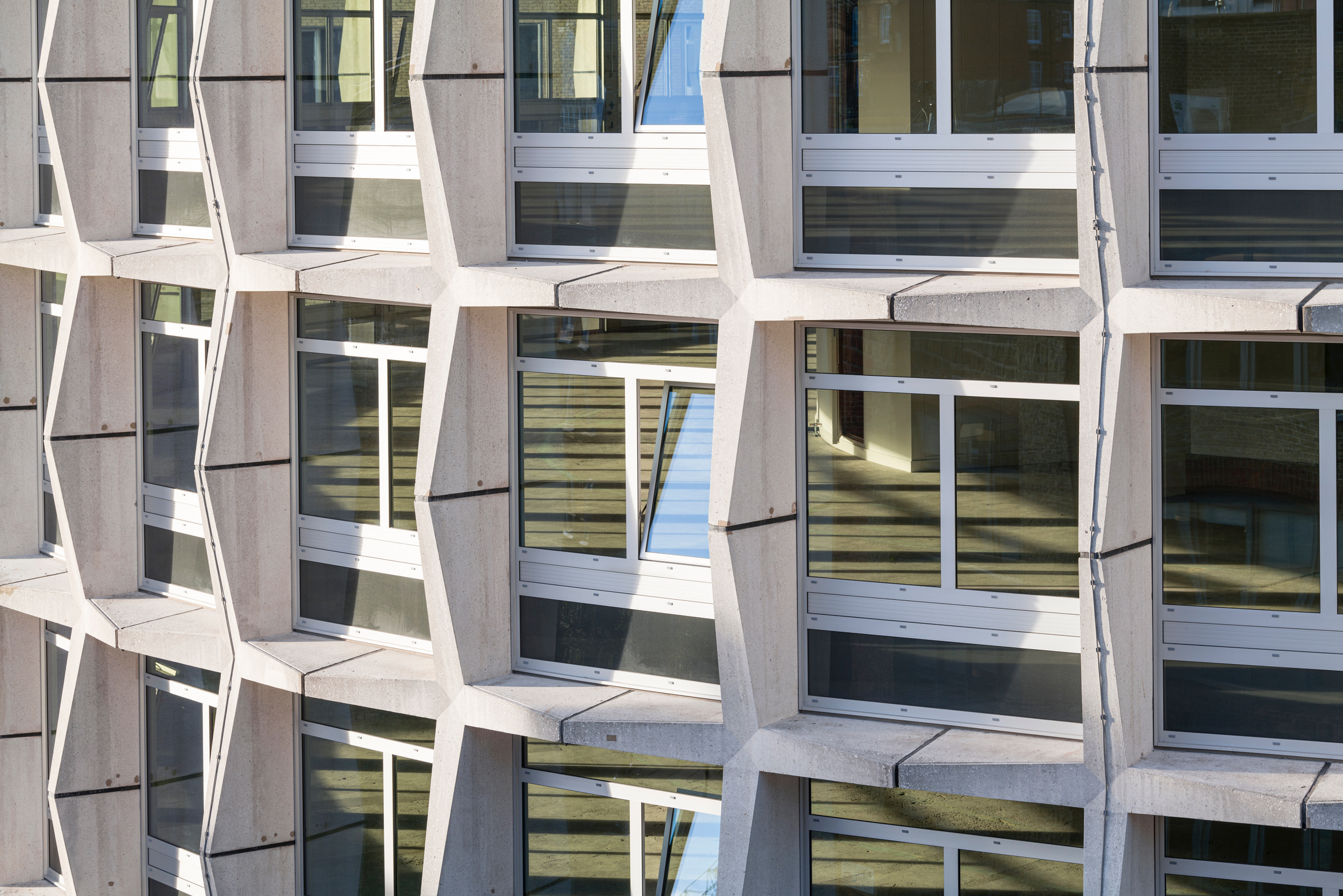 Richard Seifert's London: 'Urban, modern and bombastically brutalist'
Richard Seifert's London: 'Urban, modern and bombastically brutalist'London is full of Richard Seifert buildings, sprinkled with the 20th-century architect's magic and uncompromising style; here, we explore his prolific and, at times, controversial career
-
 The Architecture Edit: Wallpaper’s houses of the month
The Architecture Edit: Wallpaper’s houses of the monthFrom Malibu beach pads to cosy cabins blanketed in snow, Wallpaper* has featured some incredible homes this month. We profile our favourites below